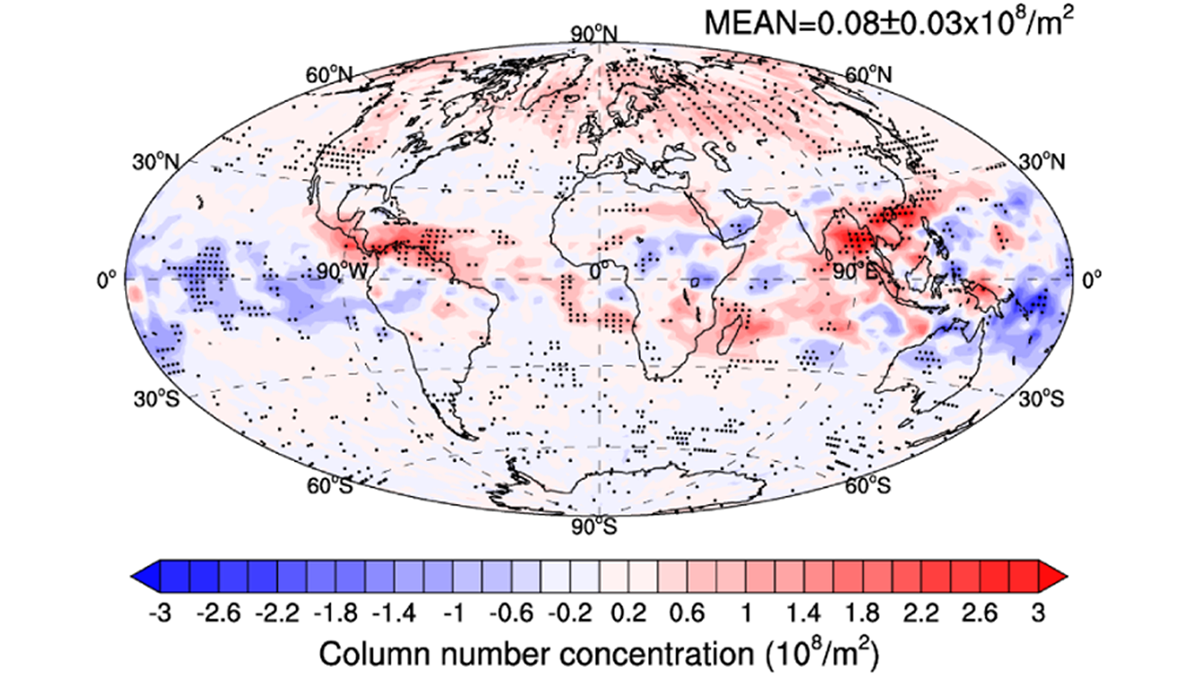Editors’ Highlights are summaries of recent papers by AGU’s journal editors.
Source: AGU Advances
Particles in aircraft exhaust, mostly soot, may contribute to changes in the number concentrations and size of ice crystals in cirrus clouds, which in turn influence the radiation balance in the atmosphere. The lockdown measures during COVID-19 forced global airlines to cut flights on a scale that has never been seen before, which allows for an unprecedented test of anthropogenic influences on the environment and climate. Combining satellite observation and model simulation, Zhu et al. [2022] examined the effect of the decrease in aircraft soot emissions on large-scale cirrus clouds and found that continuing aircraft traffic would result a relatively small positive global average radiative effect. The team found that using blended biofuel could also lead to smaller soot emissions but a rather small positive radiative effect. These results have important implications for understanding how the changes in aircraft emission may influence the cirrus clouds and global climate.
Citation: Zhu, J., Penner, J., Garnier, A., Boucher, O., Gao, M., Song, L. et al. [2022]. Decreased aviation leads to increased ice crystal number and a positive radiative effect. AGU Advances, 3, e2021AV000546. https://doi.org/10.1029/2021AV000546
—Tong Zhu, Editor, AGU Advances

